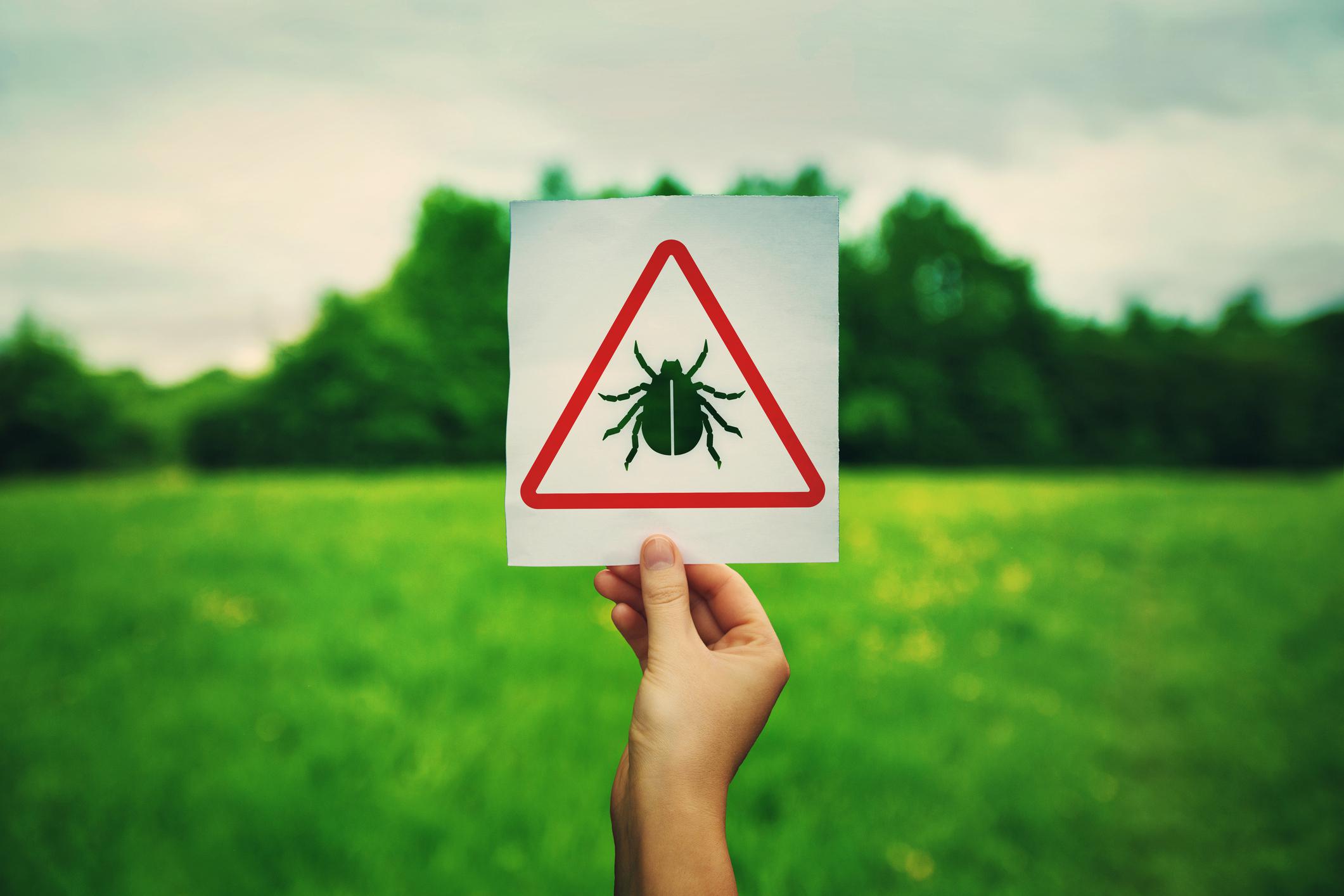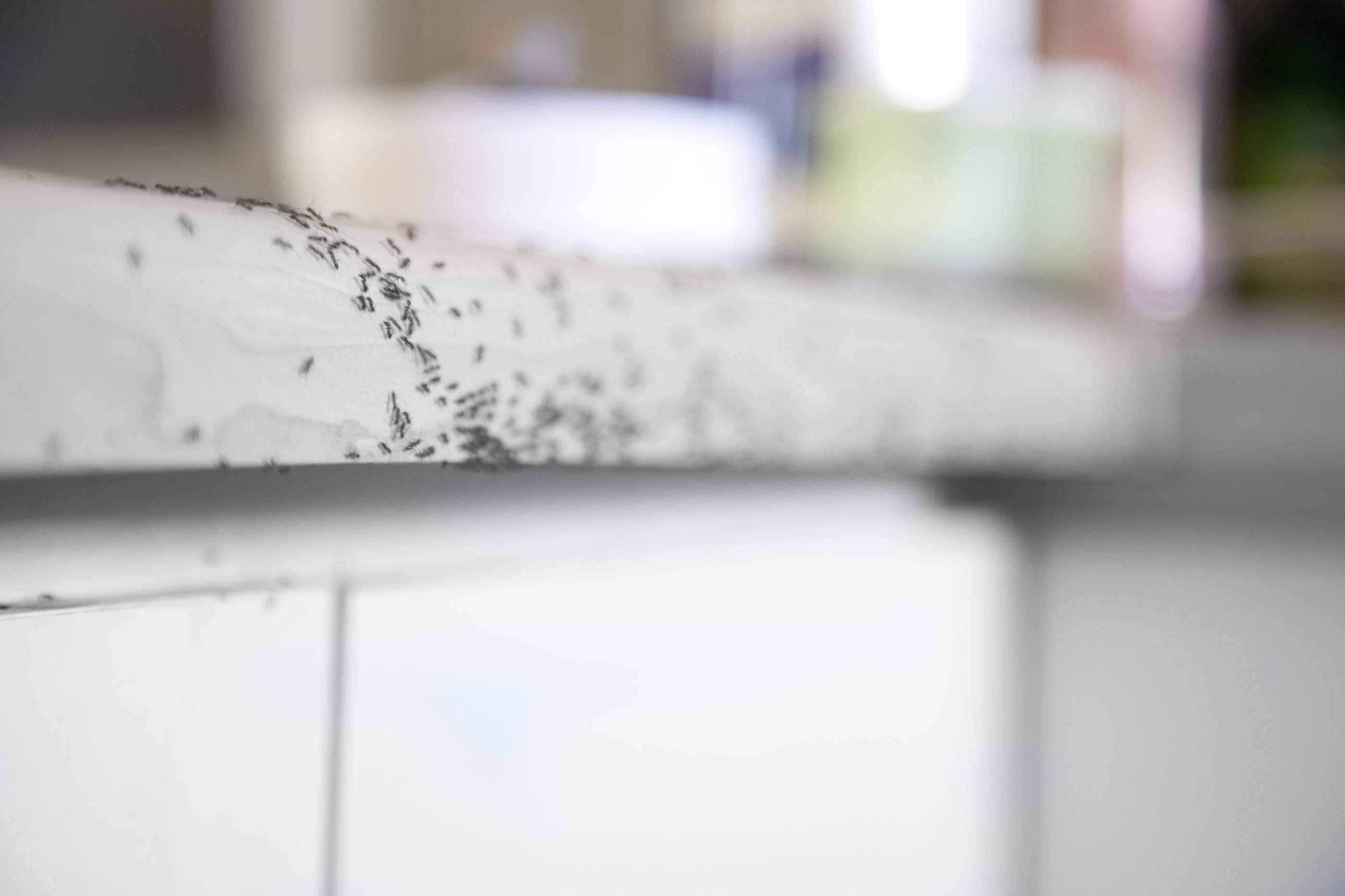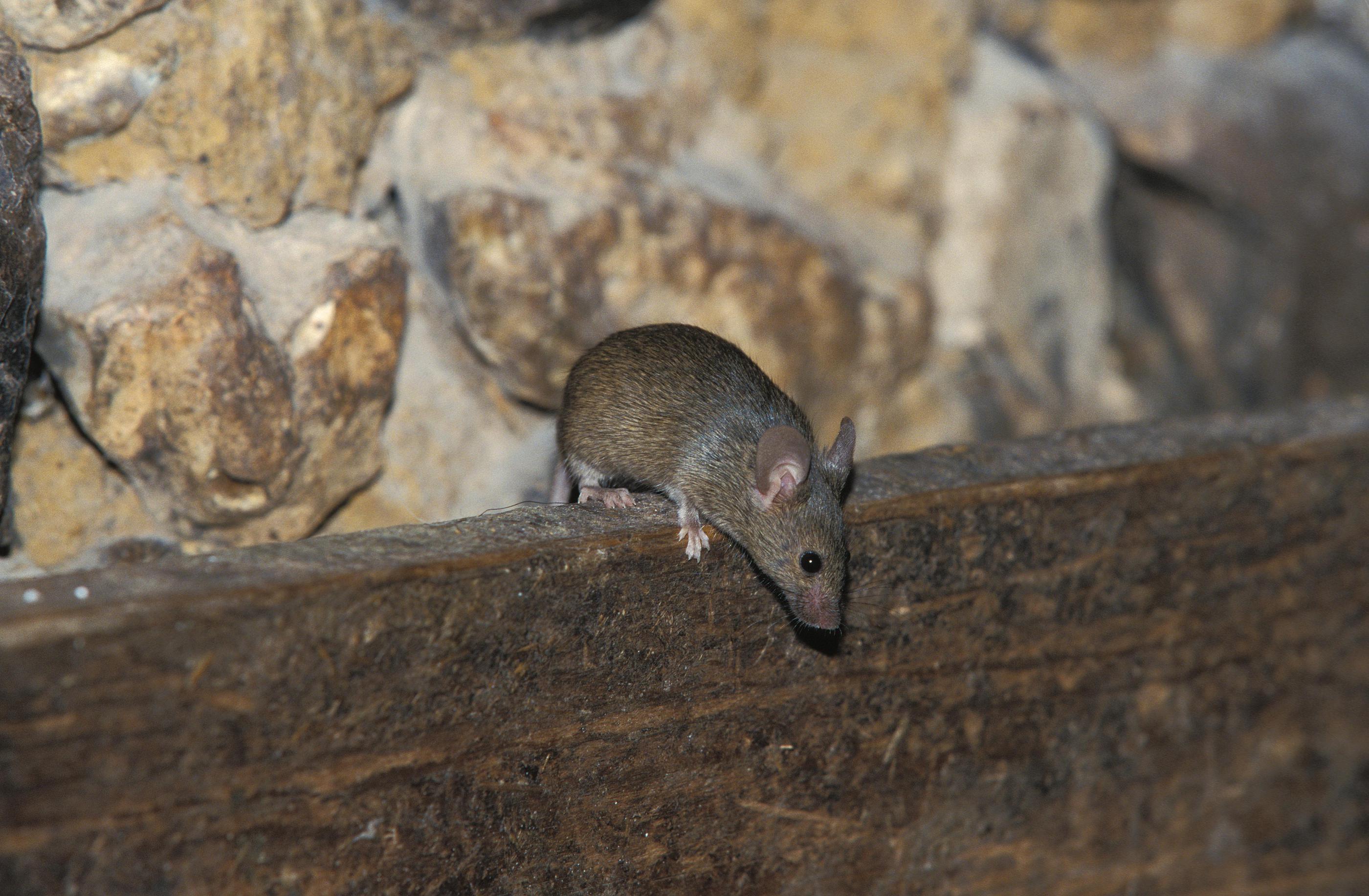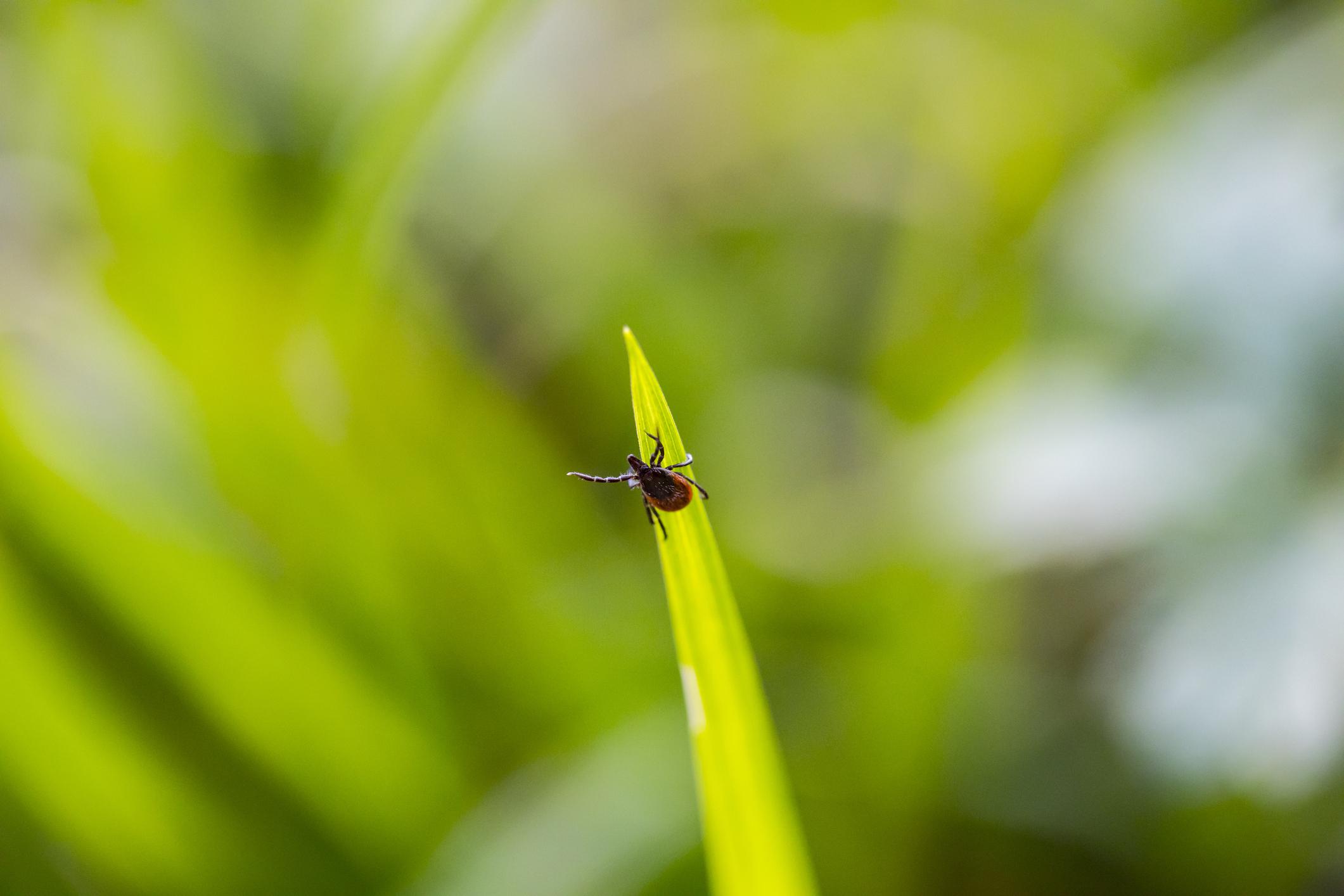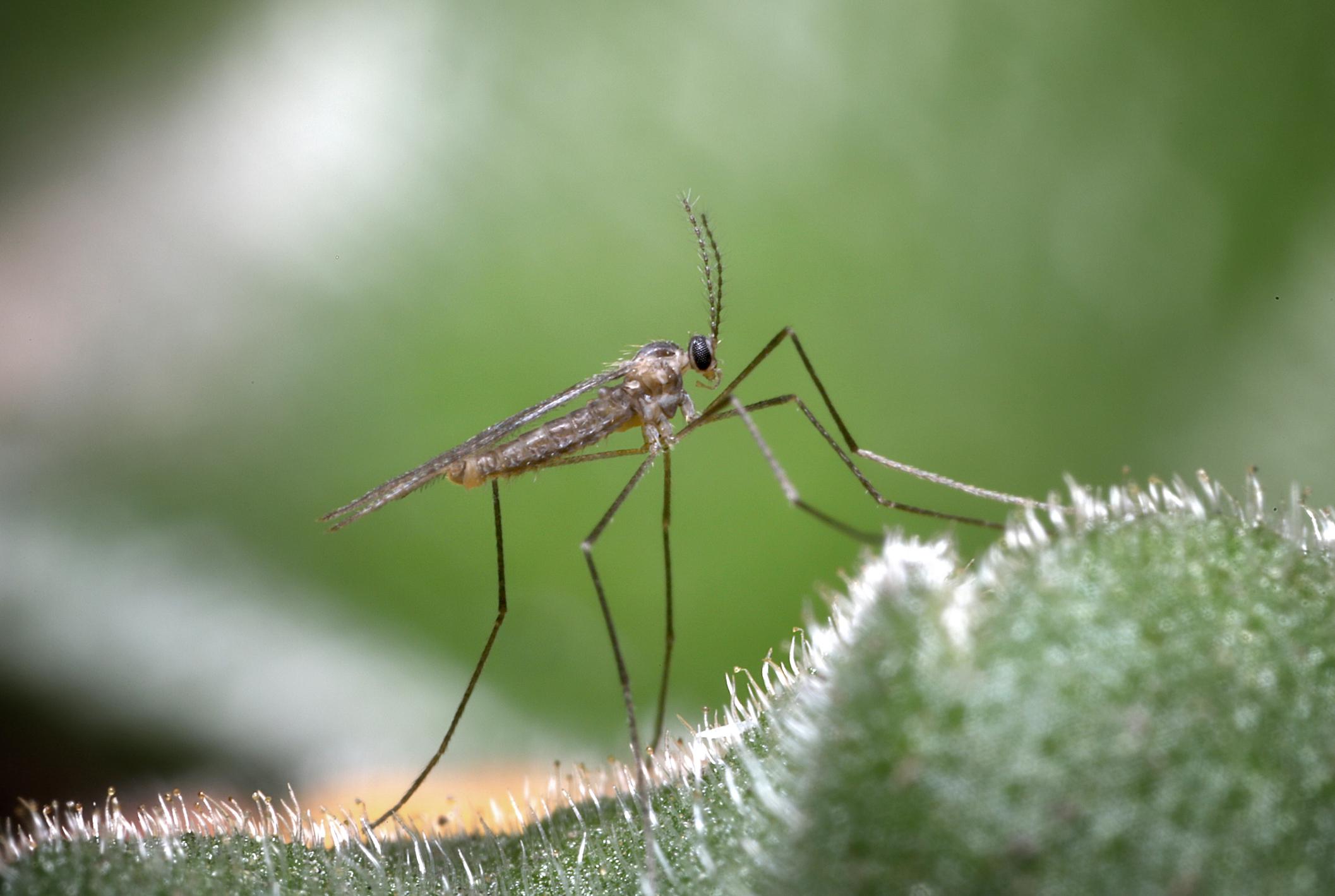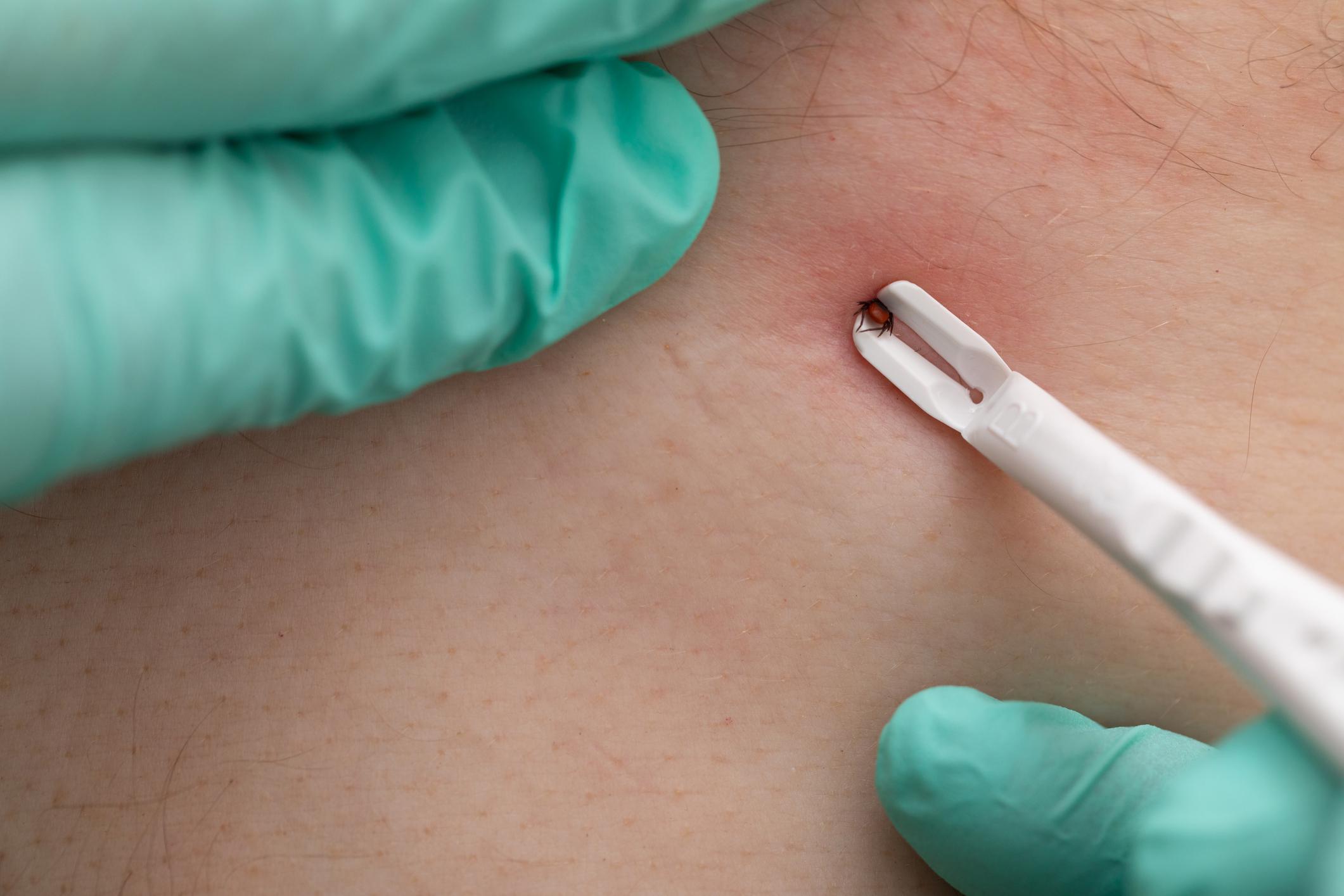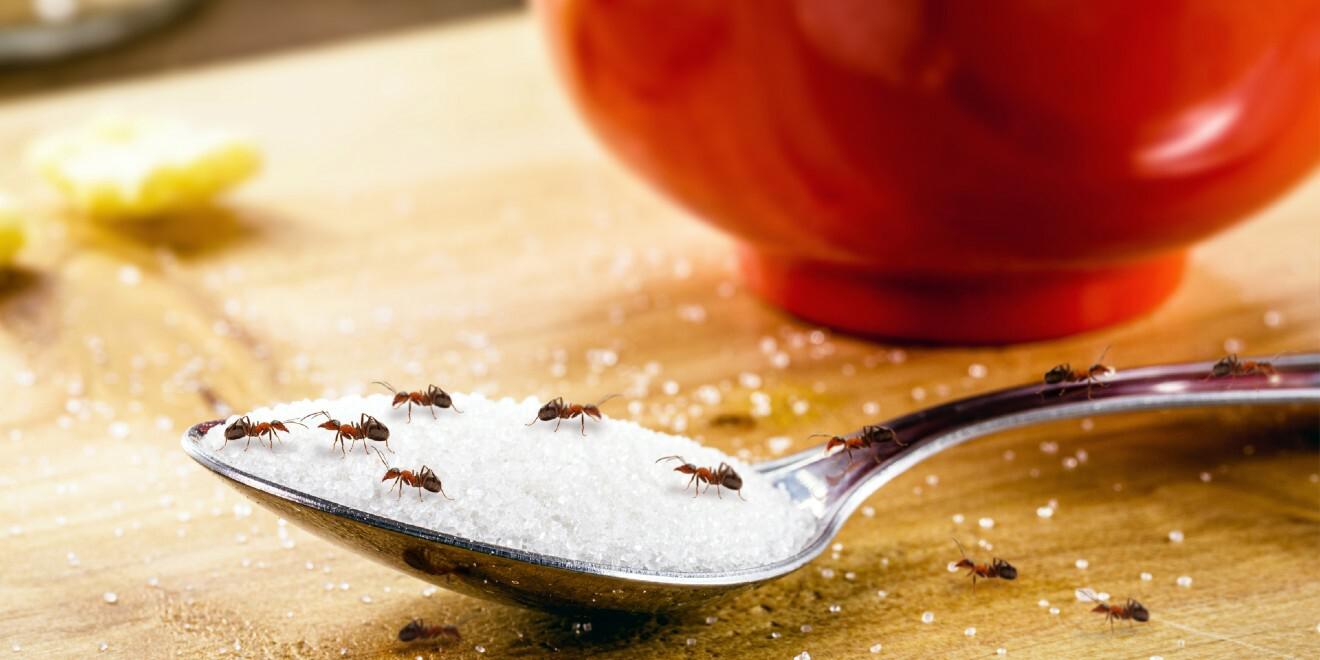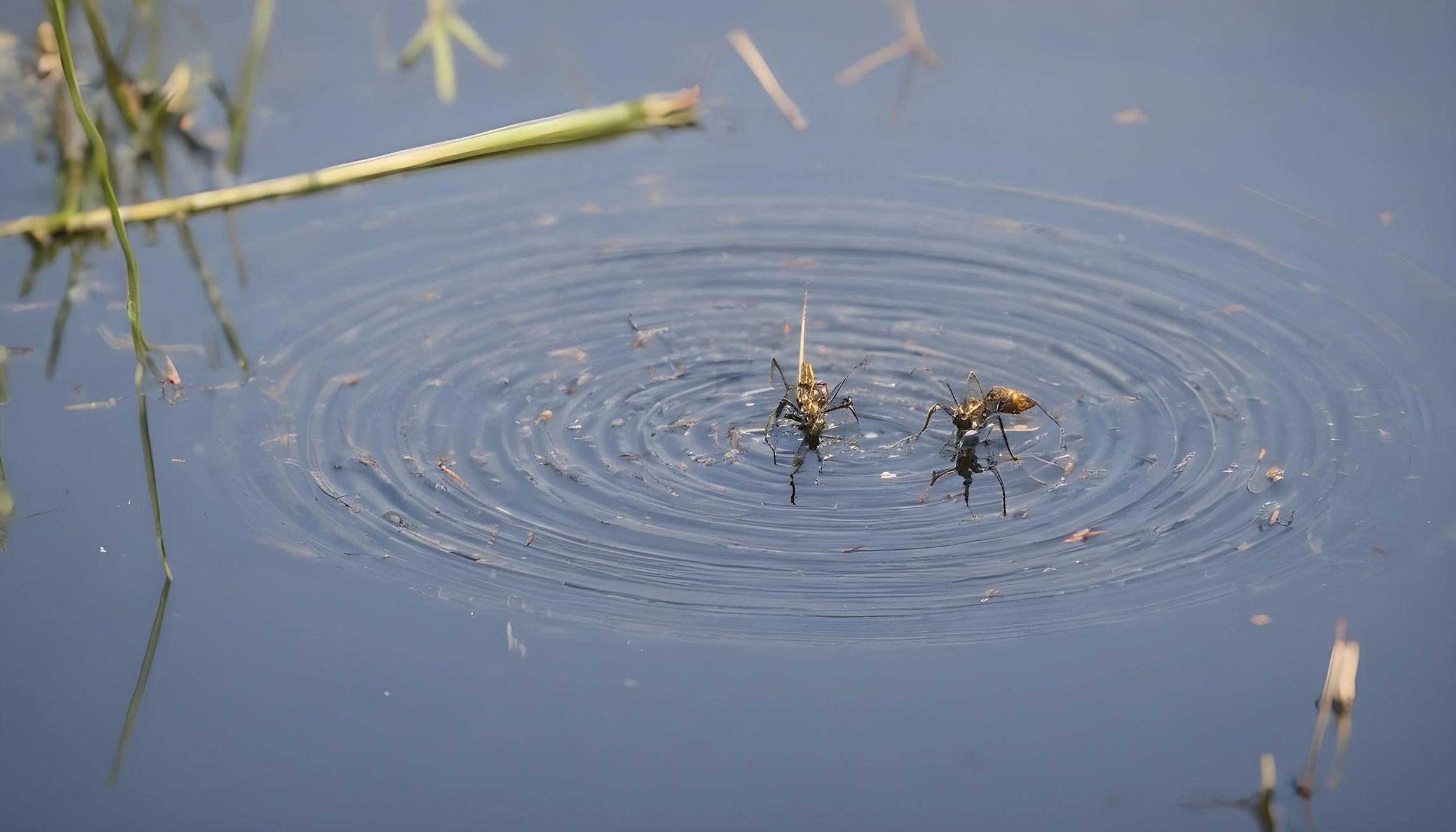Lyme Disease in South Shore, Where Does It Come From?
Posted by Mosquito Squad
April 24, 2016
What can be better than a quiet spring morning spent with nature? You and your coffee, on the deck in your comfy chaise, listening to the birds chirp and watching bumble bees move from flower to flower. Suddenly there’s a rustle at the back of your yard and a beautiful doe steps out from the trees. It sounds so relaxing doesn’t it? I hate to ruin this lovely scenario, but that female deer could very well be covered with ticks and now she’s brought them into your yard. With 3,816 confirmed cases of Lyme Disease and another 3,646 probable cases in 2014, there is no doubt that we have hit epidemic levels in Massachusetts. Lyme disease is spread by these deer ticks that hitched a ride out of the woods.
The Life Cycle of a Deer Tick
Understanding the tick life cycle just a little helps to understand when you are at risk the most. Adult female ticks lay eggs in spring that will hatch into larvae in summer. The larvae will look for their first blood meal. It is with each blood meal that they are able to move on to the next life stage and it is with this first blood meal that ticks may become infected with disease. The larvae take their meals mostly from small birds and rodents. When the larvae become nymphs in the spring they will look for larger hosts such as deer, dogs, and humans. Nymphs will take their second blood meal and become adults in late summer or fall and then the adult female will look for its final meal allowing her to lay her eggs. It is from the nymph through adult life stage that we are at risk of catching Lyme disease from these deer ticks and while risk is greatest late spring to summer, it is not impossible through the winter if the conditions are suitable for the ticks to survive.
How Do Ticks Travel
Unable to fly or jump a tick must wait and latch on to its host. This waiting is called “questing.” They rest at the end of shrubs and blades of grass, holding on with their hind legs and reaching out with their front legs – climbing on as the host brushes by. Deer ticks can detect breath, body odors, body heat, moisture and vibrations. They can also identify well-worn paths to wait for their victims. So the ticks lay in wait, along hiking paths and well traveled wooded areas, attaching themselves to their hosts and traveling to whatever the destination may be. Often, as described above, this destination will be your backyard.
Deer Ticks Carry Other Diseases As Well
The fact that deer ticks carry Lyme disease is something we have all become familiar with in Massachusetts because of the high number of cases of the disease. We know to look for the bullseye-shaped rash and the flu like symptoms and we know that if it goes untreated chronic Lyme can plague you forever. Deer ticks carry other diseases as well. Anaplasmosis, Babesiosis, and Powassan virus are carried by the deer tick and can be fatal if not treated. If you are bitten by a tick the best thing to do is make note of the date, watch for symptoms, and contact your doctor if they occur. However at Mosquito Squad of Southeastern Mass, we would like to help you focus on prevention. Our tick control services can eliminate 85-95% of ticks in your yard. Make an appointment today and we will use our barrier treatment and tick tube system to help safeguard your family from tick-borne illness. Call today. Our services are backed by a 100% satisfaction guarantee!

